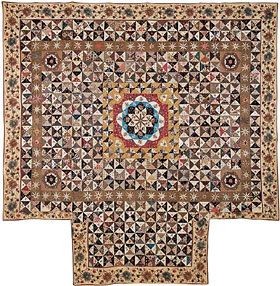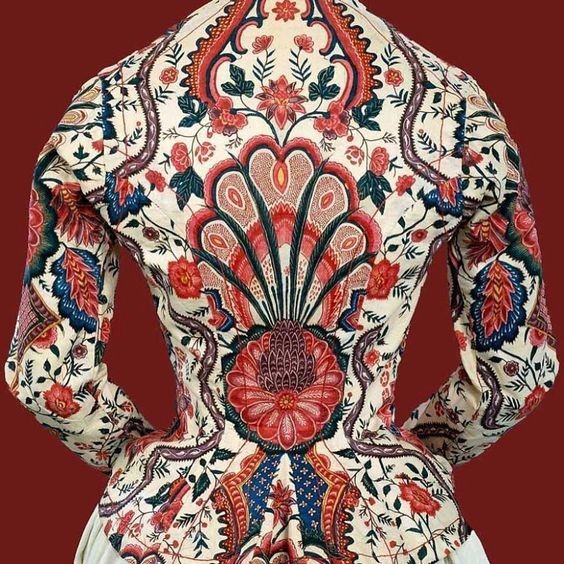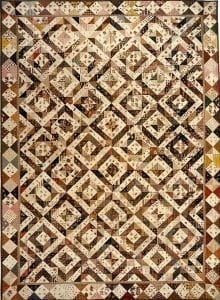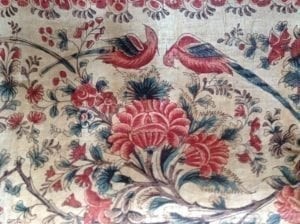Textiles and the Triplett Sisters
Dutch Textiles

This year the Triplett Sisters made the momentous decision to carry Dutch Heritage reproduction fabrics in our shop. There are extra challenges and expenses when carrying imported fabrics. However, Kay and I have always loved these fabrics from “first sight.” We appreciate the quality, the brilliant color, and the design which is true to 17th and 18th century fabrics in both scale and pattern. I have designed more quilts with these Dutch fabrics than I will ever be able to assemble. (Note: I will continue to try making all of them!)

The Dutch have a long history of textile manufacture starting with wool and linen, with major textile production taking place in Leiden, Amsterdam, Utrecht, Delft, and Haarlem. In fact, the textile industry was so vibrant that linen merchants from other areas of Europe sent their fabric to the Netherlands for bleaching and finishing. Wood block printing on linen was also done in the Netherlands.

The history of cotton fabrics in the Netherlands is frequently tied to the Dutch East India Company (VOC) importing amazing textiles from the Coromandel coast of India. Those designs were tailored to suit the Dutch taste in clothing and decorator fabrics. As the importation of these Palampores and other chintzes grew, it damaged the income of the in-country manufacturers leading to bans on the foreign textiles…but not in the Netherlands.

Here the imported fabrics were welcomed and reproduced. (Yes, they copied the Indiennes, chintzes, and palampores.) By 1750 there were more than 80 textile printers and polishers (adds the sheen to the fabric) working in Amsterdam alone. (If anyone has some 16th century Dutch reproduction fabric you want to get rid of, just let me know. Ha! Yes, their reproduction fabric can be found even earlier than we discussed in the last blog.) As I continue to work on designs using the Dutch Heritage fabrics, we’d love to see what quilts you are making with these amazing reproduction Dutch textiles.

